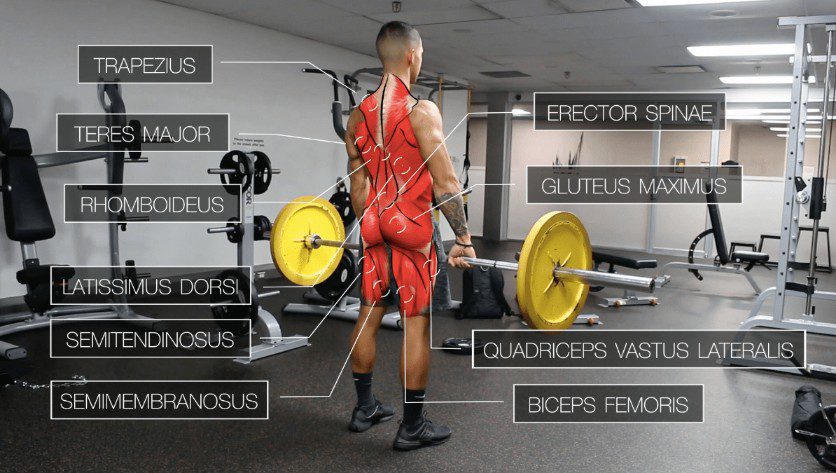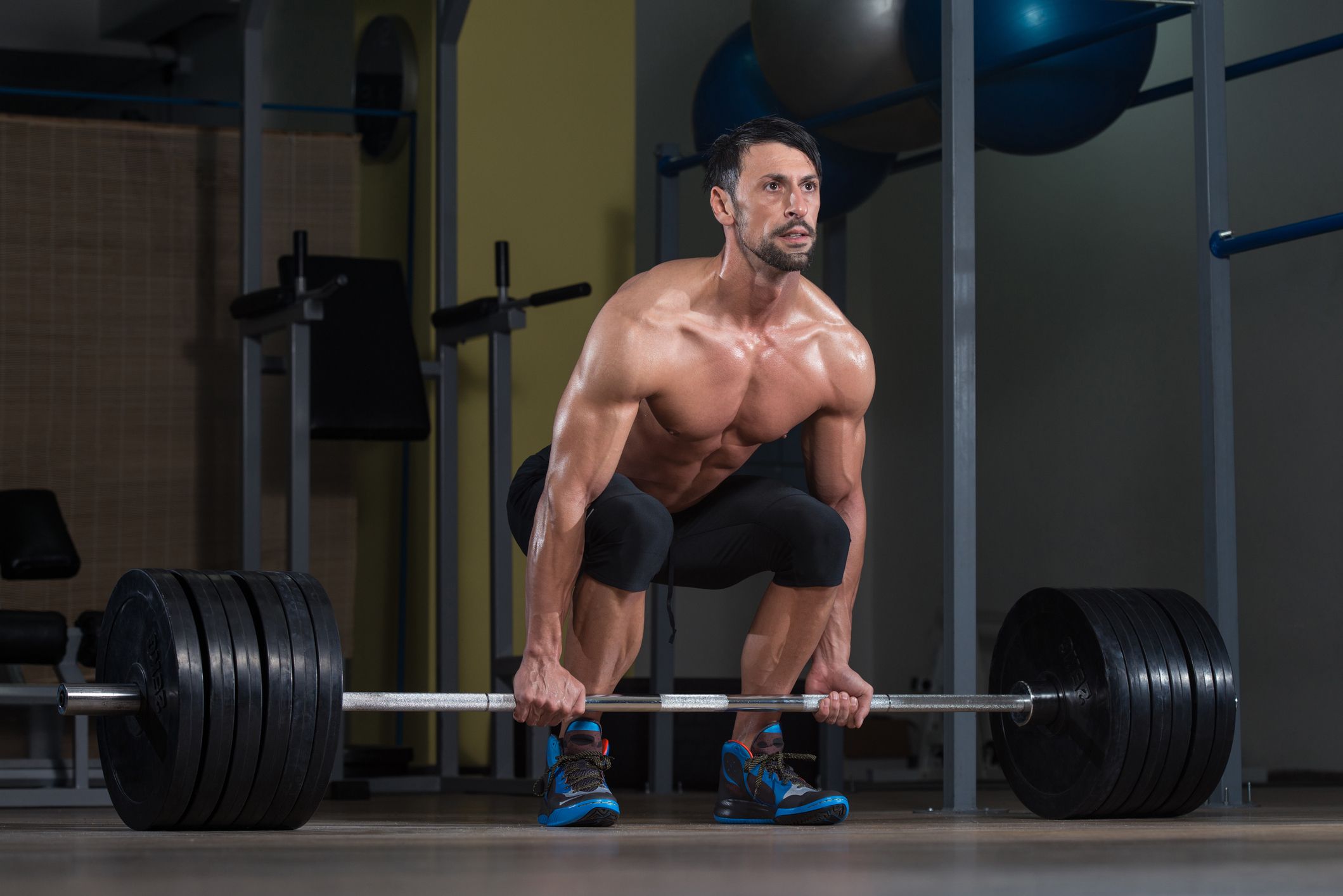Ask any gym-bro what their quintessential back day looks like, and 9 times out of 10, you will find that it begins with Deadlifts. The thought process underlying this being, that the stronger your Deadlift is, the bigger your back will become. This has unfortunately resulted in many using what can only be described as lackluster form, all in the unrelenting quest to lift as much weight as humanly possible. As such, lower back related injuries, scores of herniated discs making up the vast majority, have terrorized many well intentioned, but ill informed lifters. But herein lies the question, are Deadlifts an absolute necessity in maximizing ones back size, or are they simply overrated?
To answer this, we must first establish the pros and cons of the exercise in question. Let’s first begin by examining the pros.
The Deadlift is a phenomenal barbell compound exercises that works multiple muscle groups simultaneously. It is particularly exceptional at building the muscles of the entire posterior chain. Everything from the calves, hamstrings, glutes, quadriceps, spinal erectors, lats, middle & lower traps, upper traps, rear delts & even the forearms, are taxed when performing this lift. Because of this, it is an exercise that allows for the hypertrophy (muscle growth) of multiple muscle groups simultaneously. Which makes it an excellent choice for building overall muscle mass.

Image courtesy of Jeremy Ethier.
In addition to that, it being a barbell compound exercise significantly increases its capacity for overload. Which is why it is not uncommon to find regular gym goers capable of lifting at least 3 plates. Incremental weight increases made over time positively affects strength & muscle gains, again, making the Deadlift an excellent candidate if one’s goal is building overall muscle mass.
However, the exercises’ strengths also reflect some of its greatest weaknesses, particularly if the goal is building a massive back.
First off, in as much as it works multiple muscle groups simultaneously, it does not engage any individual one optimally. Case in point, our focal point here being the muscles that constitute the entire back. Yes, each one is taxed and engaged throughout the movement, but neither are optimally stimulated nor stressed and thus their potential for growth will be subpar. It is a classic jack of all trades, master of none scenario.
Secondly, the Deadlift, being a barbell compound movement, allows for the use of heavy poundages, which thoroughly taxes the Central Nervous System (CNS) & thus is very systemically fatiguing. This drains the bodies recovery reserves, slowing down the recuperation time between workouts. Therefore, including heavy Deadlifts as part of your regular training regime, any more than 2-3 times per week, even with intelligent programming in regards to manipulating intensity, volume and frequency, will still prove to be deleterious to your recovery. Keep in mind that muscle growth occurs during the recuperative stages after training sessions. If your recovery is depressed, then muscle growth will inevitably suffer.
Last but not least, if your technique is not sound, it becomes very easy to injure oneself. Especially if you use horrendous form on a consistent basis. In order to execute the Deadlift correctly, the spine must be placed in a precarious position. This will not pose any risk as long you keep your spine in a neutral position. However, should you use weights that are too heavy for you to lift correctly with, causing an excessive rounding of the spine, then your chances of accruing a lower back injury will be very high, which can potentially lead to a lifetime of pain & discomfort that could otherwise have been easily mitigated. This does not mean that the exercise is the problem. No. The problem is “ego lifting” by using weights that you are presently unable to handle. And if there has ever been an exercise abused for decades in this regard, it is the Deadlift.
That being said, there is light at the end of the tunnel. There are back exercises that are much more effective at growing your back. Even better, is that they specifically engage your back muscles, without the heightened potential of injury.
In order to fully develop the back, you must perform exercises that fall into these two categories:
1. Vertical Pulling exercises
2. Horizontal Pulling exercises.
Vertical pulling exercises require that you are training your back with your torso vertically opposed to the ground. A great example of this being the classic Pull-Up and Chin-Up. Both of these exercises work the entire upper back, with the chin-up emphasizing the biceps a bit more due to hand placement. As you get stronger and are able to perform about 10-15 reps of each, you can then perform them weighted. And believe you me, weighted pull/chin-ups will both give your back immense density & width.
Horizontal pulling exercises on the other hand require that the back is being trained with the torso horizontally opposed to the ground. A great example of this being the Bent Over Barbell Row using both pronated (palms facing down) & supinated (palms facing up) grips. The pronated grip works more of the upper back; the mid traps, rhomboids & rear delts with a secondary emphasis on the lats. The supinated grip works more of the lats and biceps. Use both in your training for the best results.
Now, if you already perform Deadlifts as part of your regular training regimen, this article is not me telling you to forgo them. They are still an excellent exercise. Specifically for lower back strength and development, it is unrivalled.
My only proposition is that you evaluate your individual goals in regards to back size. If you want the biggest, widest, thickest back possible, utilize the exercises listed above. Thereafter should you wish to crank out some Deadlifts every now & then, by all means be my guest. Just understand that they are not a necessary prerequisite to your back growth, as you may have been led to believe.
